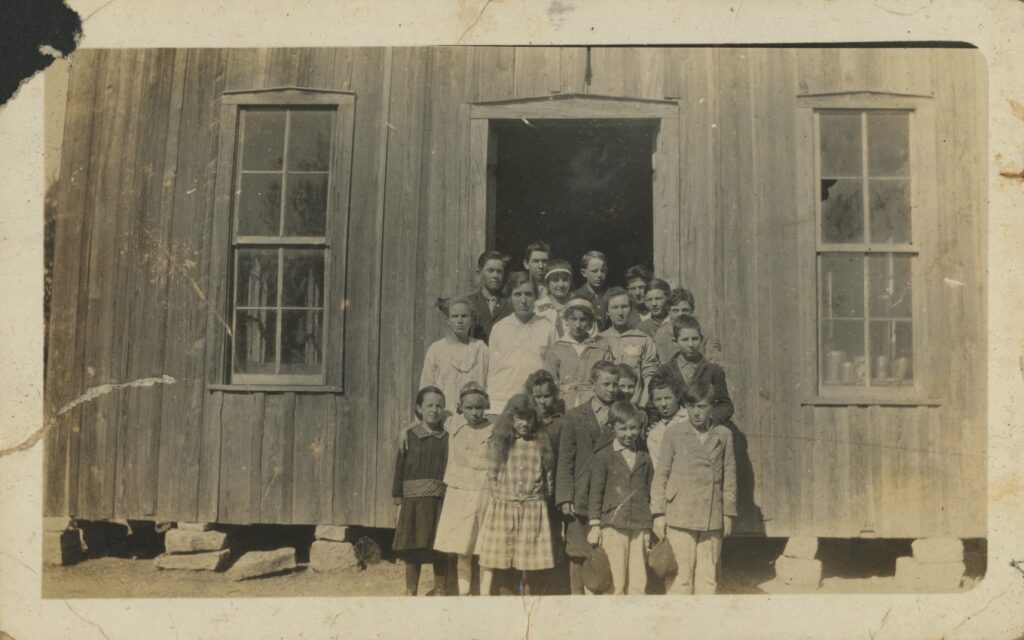
Payne Gap School, 1887-1943
Hamilton County Commissioners Court created the Payne Gap School District on July 2, 1887, when the county reached seven miles south of Center City to Simms Creek (A History of Hamilton County, Texas, v. 2, 1999, p. 145) [figure 1]. Though the Texas Legislature created Mills County on March 15, 1887, it would not be officially organized until September 12, 1887. The school district predates the Payne Gap Cemetery by a couple of years: the cemetery’s earliest grave is dated 1889.
Early Schooling
Before the Civil War, there were only a few private schools in this area of Texas, and many were under the auspices of wealthy families who hired tutors for their children. The 1860 census lists only three teachers in Hamilton County, though it was common for teachers to identify under other occupations (A History of Hamilton County, Texas, 1979, v. 1, p. 27). The earliest record of a public school goes back to 1859 when J.J. Durham taught in a primitive facility with forty students for only a year before the Civil War broke out (A History of Hamilton County, Texas, v. 1, 1979, p. 27). Starting in the late 1870s and early 1880s, school facilities started growing, revealed in a spate of teacher contracts from the period (A History of Hamilton County, Texas, 1979, v. 1, p. 29-30). Records show that nearby Center City had a school as early as 1880 (A History of Hamilton County, Texas, 1991, v. 2 , p. 145).
See also section on Education in the Mills County Wikipedia article.
Land
The Payne Gap School sits on a section of land (640 acres, later corrected to 638) patented in 1892, but the first transaction occurred in 1861 when the Texas General Land Office issued a land grant (land scrip) to the Memphis, El Paso and Pacific Railroad Company, hence the survey name “M.E.P.&P.R.R.Co.” [figure 2 and 3]. The company then sold the land to raise funds for its operation. This transaction took the land into private hands — in this case, the first owners were E.W. Taylor and T.B. Goyne.
On July 4, 1899, W.F. (William Fletcher) Hearne (1842–1927), a major land owner in Mills County (and likely a land speculator), purchased the property for $300 at a public auction held at the Hamilton County Courthouse. The property had been seized from Nicholas S. Schmitz, who had defaulted on a loan (Mills County deed records, v. 16, p. 572). Hearne later sold the entire parcel to M.L. Hallenbeck on October 18, 1902, and the deed separated four acres out of the total that included a school house, well, and cemetery. It also conveyed the four acres to the Mills County judge for school purposes (Mills County deed records, v. 4, p. 185). The next year, Hearne bought the property back from Hallenbeck (Mills County deed records, v. 21, p. 597), and on November 7, 1905, Hearne deeded Payne Gap School trustees F.M. Worthington and J.T. Cook the same four acres “for school purposes” for one dollar (Mills County deed records, v. 18, p. 608). Transcribed text of the deed follows:
Know All Men by these Presents:
THE STATE OF TEXAS, County of Mills
THAT I, W.F. Hearne of the County Mills in the State aforesaid, for and in consideration of the sum of One ($1.00) DOLLARS, to me in hand paid by F.M. Worthington and J.T. Cook, Trustees of Payne Gap School District No 17 the receipt of which is hereby acknowledged, and for the purpose of donating the herein after described land to said School District.
have GRANTED, SOLD AND CONVEYED, and by these presents do GRANT, SELL AND CONVEY unto the said FM Worthington and JT Cook, Trustees, and their successors in office of the County of Mills and State of Texas all that certain lot, tract or parcel of land lying and being situated in the County of Mills and State of Texas, and more particularly described as follows to wit: Being four acres of land out of M.E. P & P Ry [Memphis, El Paso, and Pacific Railroad] Sec [survey] No 2. Cert [certificate] No 17/2 in said Mills County Texas, and the same tract heretofore surveyed by Wint Livingston1, for school purposes out of Survey, and is now included and is recognized as such School Lot.
TO HAVE AND TO HOLD The above described premises, together with all and singular the rights and appurtenances thereto in anywise belonging, unto the said F. M. Worthington and JT Cook. Trustees and their successors in office heirs and assigns forever. And I do hereby bind myself my heirs, executors and administrators, to WARRANT AND FOREVER DEFEND, all and singular, the said premises unto the said F.M. Worthington and JT Cook and their successors in office heirs and assigns, against every person whomsoever lawfully claiming or to claim the same or any part thereof.
WITNESS my hand this 7th day of November A.D. 1905 WF Hearne …
1 Winfrey “Wint” Livingston (1821–1902), first Mills County surveyor, buried at Center City Cemetery.
Evolving Districts
Hamilton County Commissioners Court created Payne Gap School District [no. 46] on July 2, 1887, out of two existing Hamilton districts: no. 39 (Pleasant Grove) and no. 34 (Springdale) [figure 4], but the school surely unofficially existed before that date.
Just a few months later on October 12, 1887, a few weeks after Mills County formally organized, Mills County Commissioners Court migrated the district to the new county. Payne Gap District (no. 46 in Hamilton County) became no. 17 in Mills County. Several other Hamilton County school districts moved to Mills County at the same time [figure 5].
Mills County Commissioners Court minutes from May 16, 1888, describe the boundaries of the Payne Gap District, along with thirty-three other districts that existed in the county.
In 1889, a letter from Richard Jenkins reveals that the community hired Henry Harriston [sp?] to drill a well near the school house.

On August 12, 1896, Mills County Commissioners Court considered a petition signed by H. O’Neal and three other citizens that “a school [district] be established on said county line [Mills and Lampasas] embracing Payne Gap School Dist. no. 17 in Mills County and a part of the Atherton School Dist. no. 19 in Lampasas County.” The petition was approved by the judges of both counties. The new district was named Payne Gap School Dist. no. 17 (Mills County Commissioners Court minutes, v. 2, p. 127).
On March 24, 1928, voters in Payne Gap and Pleasant Grove decided to consolidate the two schools into a new district named Payne Grove (district 19), yet the schools did not physically combine (Mills County Commissioners Court minutes, v. 5, p. 379). Three years later on April 4, 1931, the communities unanimously voted to dissolve the Payne Grove District, and the court officially ended it on April 13, 1931. Both schools returned to their original districts: Payne Gap no. 17 and Pleasant Grove no. 19 (The Goldthwaite Eagle, April 17, 1931).
On June 12, 1939, county officials determined that two earlier sets of field notes describing the Payne Gap Common School District No. 17 were incorrect and redrew the boundaries so that it did not conflict with Star Independent School District while also clarifying that the none of the district was within Lampasas County [figure 7].
Fire and Rebuilding
Two former students at the Payne Gap School, Glenn Dale Duncan [figure 8] and J.D. Hunt, recall arriving at school one morning in 1938 to find a pile of ashes and burned glass. The wooden school [figure 6] had burned overnight. Glenn Dale recalls that following the fire, students and their teacher, Elizabeth Steele, temporarily moved to the nearby Higgins’ home to have class. Coincidentally, the eastern addition to the Center City School also burned the same year in an overnight fire (the original school established in the Masonic Lodge remained intact) (Mills County Memories, 1994).1
Star Independent School District experienced a surge of growth during the 1930s when a large number of small schools, including Plainview (previously Hearne School, named after W.F. Hearne), Center City, Pleasant Grove, Moline, Hurst Ranch and McGirk schools, consolidated with its larger neighbor (Mills County Historical Commission. Mills County Memories, 1994). Community lore suggests that there were members of the Star community who were willing to go to the extreme of burning schools that balked at consolidation. As J.D. Hunt observed, “Back then, the larger schools would burn down the smaller schools so they were forced to consolidate with them.”2
A group of seventeen citizens3 from Payne Gap signed a court petition on March 30, 1939, for a community election to approve a $1,200 bond package to fund rebuilding the school. The next day County Judge R.J. Gerald approved the election and further specified that the funds were “for the purpose of purchase, construction, repair, and equipment of public free school buildings of stone within said district” (clearly the concerned citizens of Payne Gap hoped a stone building would not be as vulnerable to fire). On April 12, 1939, the community unanimously cast eleven votes in favor of the bond, and the county made its final approval of the funding terms on May 1, 1939. Glenn Dale Duncan recalls that the new, stone school was built by a masonry family named Montgomery from San Saba and added that the family built a large number of similar buildings in the area.
1 An extensive search of The Goldthwaite Eagle, along with other local newspapers available in the Portal to Texas History, reveals no mention of either fire, an unusual omission given the minutia of daily life reported in community columns during this time. Also, no references were found regarding either fire in Mills County Commissioners Court minutes from 1938 through the building bond petition date.
2 Hunt, J.D. The Life History of .J D. Hunt. Unpublished manuscript.
3 Citizens included Mrs. Elizabeth Steele [teacher], Mrs. W.F. Steele, J.L. Duncan, T.E. Duncan, Mrs. J.L. Duncan, J.G. McMurray, Jessie Duncan, R.V. Crain, Mrs. T.H. Hunt, T.H. Hunt, Mrs. R. V. Crain, Orbie Duncan, J.H. Warren, Mrs. Orbie Duncan, Rose Warren, A.H. Hunt, and Mrs. A.H. Hunt.
Last School Year and Consolidation
Though the last school year for Payne Gap was 1942/1943 [figure 10], it did not consolidate with Star until 1949. On July 31, 1948, the county held two concurrent elections to determine if Payne Gap should be consolidated with Star. Voters at the Payne Gap election voted against consolidation, 4-3, while voters at the Star election voted 30-0 in favor of consolidation. The court approved consolidation on April 4, 1949 (Mills County Commissioners Court minutes, bk. 1, p. 392). Center City consolidated with Star after a 44 to 35 citizen vote in 1938 (Mills County Historical Commission. Mills County Memories. 1994).
The last school year included the following fifteen students, grades two through seven, taught by Lula A. Hulsey.1Texas Teacher’s Daily Register for Public Schools, 1942-43
- Doris June Covington
- Jerry Dean Covington
- Vallie Lee Covington
- Wilda Covington
- Dorothy Duncan
- Doyle Duncan
- Glenn Dale Duncan
- Mary Katherine Elms
- Allen Lawrence
- Jean Lawrence Maris
- James E. Munday
- Merlin Munday
- Valerie Munday
- Joyce Tubbs
- Marion Tubbs
Student Population
Over the years, Payne Gap School supported primary through seventh grade with some variation. The following student counts come from teacher daily reports available at the Mills County Historical Museum.
| Year | Number of Students |
|---|---|
| 1942/19431 | 15 count from report cards |
| 1938 | 21 |
| 1936/1937 | 24 count from report cards; 19 reported in The Goldthwaite Eagle, May 7, 1937 |
| 1935/1936 | 18; 16 reported in the Mullin Enterprise, Sept. 19, 1935 |
| 1934/1935 | 13 |
| 1933/1934 | 20 |
| 1917/1918 | 45 |
| 1914/1915 | 38 |
| 1912/1913 | 51 |
1 The 1942/1943 teachers daily register announced that the school finally got a library after requesting one for many years.
Teachers (A Partial List)
The following list was sourced from teacher daily registers, Mills County superintendent and school fund records, newspaper reports, and other sources as footnoted.
| Year | Name | Monthly Salary |
|---|---|---|
| 1942/1943 | Lula A. Hulsey (1882-1961) | $75.00 |
| 1940/1941 | Margaret [Ondra] Adams (1921-2011)1 | |
| 1938/1939 | Elizabeth [Mills] Steele | |
| 1936/1937 | Ernest O’Neal | $75.00 |
| 1935/1936 | Ernest O’Neal | $80.00 |
| 1934/1935 | Ernest O’Neal | $80.00 |
| 1933/1934 | Ernest O’Neal | $80.00 |
| 1932? | Clarence Hatley2 | |
| 1931 | C.E. (Charlie Edward) Smith (1912-2000) | |
| 1929 | C.E. (Charlie Edward) Smith (1912-2000)2 | |
| 1928/1929 | Joyce Cockrum | $80.00 |
| 1927/1928 | Ruth Parker | $85.00 |
| 1926/1927 | Junita Bachelor | $100.00 |
| 1925/1926 | Junita Bachelor | $85.00 |
| 1924/1925 | S.B. [or possibly Bric?] Davis4 | $85.00 |
| 1924 | Clarence Hatley | $90.00 |
| 1922/1923 | Clarence Hatley | $90.00 |
| 1921/1922 | Don Cook | $90.00 |
| 1920/1921 | Virnie Fox | $100.00 |
| 1919/1920 | Lucile McMurray | $65.00 |
| 1918/1919 | Lucile McMurray | $65.00 |
| 1917/1918 | Ruby Keese McBride | $65.00 |
| 1916/1917 | Jewel R. Bldsoe [sic] | $65.00 |
| 1915/1916 | Mattie Palmer | $60.00 |
| 1914/1915 | E.E. Pittman | $75.00 |
| 1914 | Miss Conally | |
| 1912/1913 | Dow Hudson | $75.00 |
| 1912 | Albert Conradt | $70.00 |
| 1910 | Don Curran | |
| 1910 | Hortense Power | $60.00 |
| 1909 | Bertie Burrows3 | $60.00 |
| 1908 | Kate Conerly | |
| 1907 | Carrye Huddlestein |
Known trustees/board members at the Payne Gap School: Ell Duncan, J.T. Cook, Bud Hunt, Tom Hunt.
1 As recalled by Glenn Dale Duncan and identified in a 1940/1941 class photograph
2 J.D. Hunt recalls in his autobiography, The Life History of J.D. Hunt, that he had three teachers while at the Payne Gap School: his first was Edwin Smith, likely C.E. Smith, in 1929; he also recalls two other teachers: Clarence Hatley and Ernest O’Neal. J.D. also states that Ernest O’Neal had a grist mill in Moline.
3 Name confirmed in Ms. Burrows’ resignation letter sent to the Payne Gap School trustees, July 22, 1910
4 S.B. Davis appears in an article “Davis Taking Over Job as Principal of Travis School” (Corpus Christi Times, September 21, 1945); it mentions that he previous taught at Payne Gap.
According to Cleo Carswell, in the essay about the Carswell family in The Four Fs of Moline, Texas, Mattie Carswell also taught at Payne Gap School
Author’s Postscript
I acknowledge the groundbreaking research this essay rests upon that was completed by Raymond Harper Williams in his master’s thesis, Sixty Years of Education in Mills County (1957, Sul Ross State College).
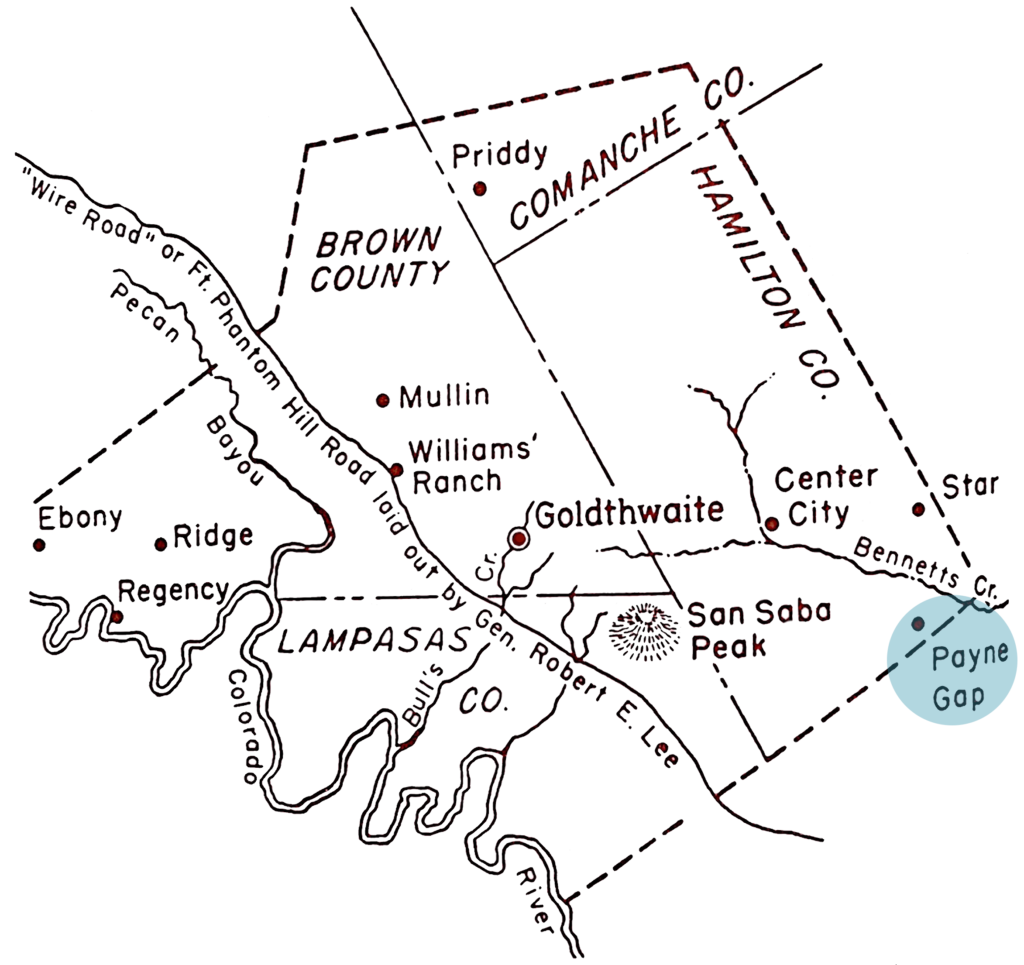
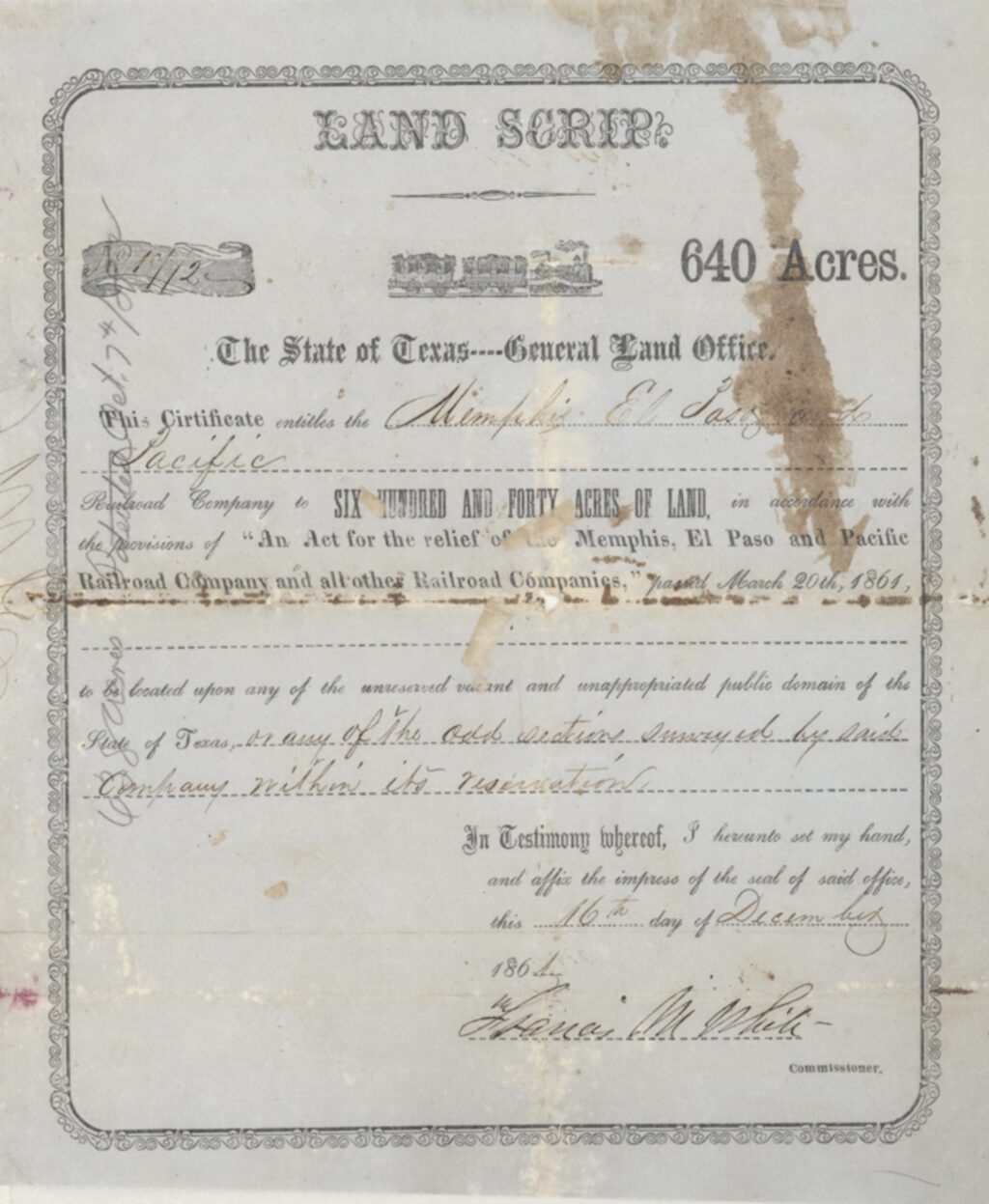
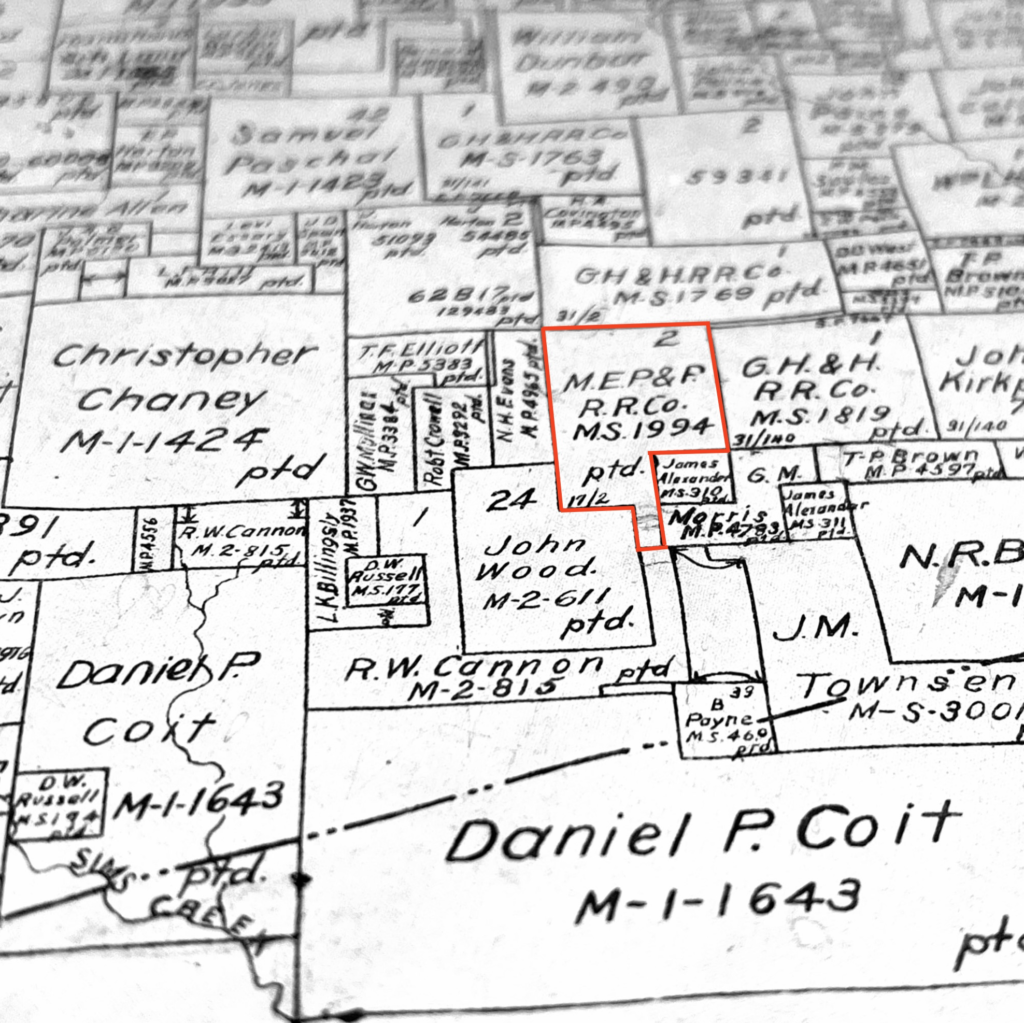
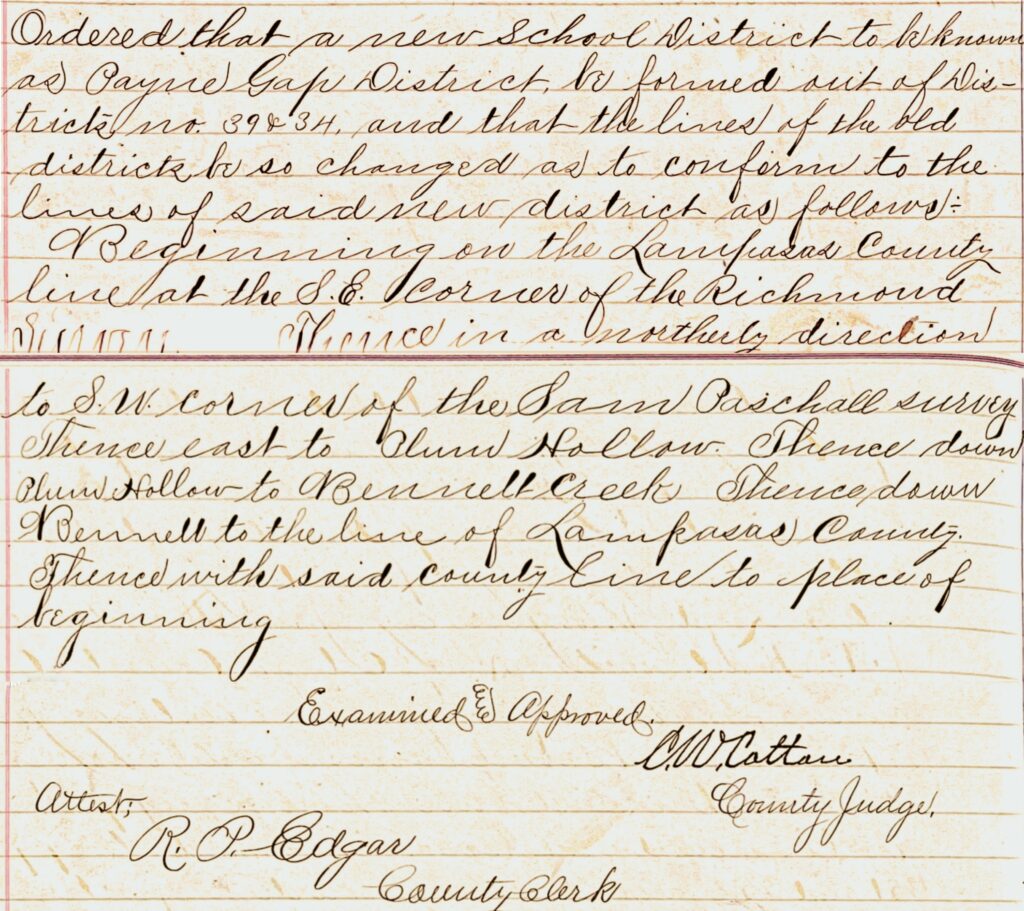
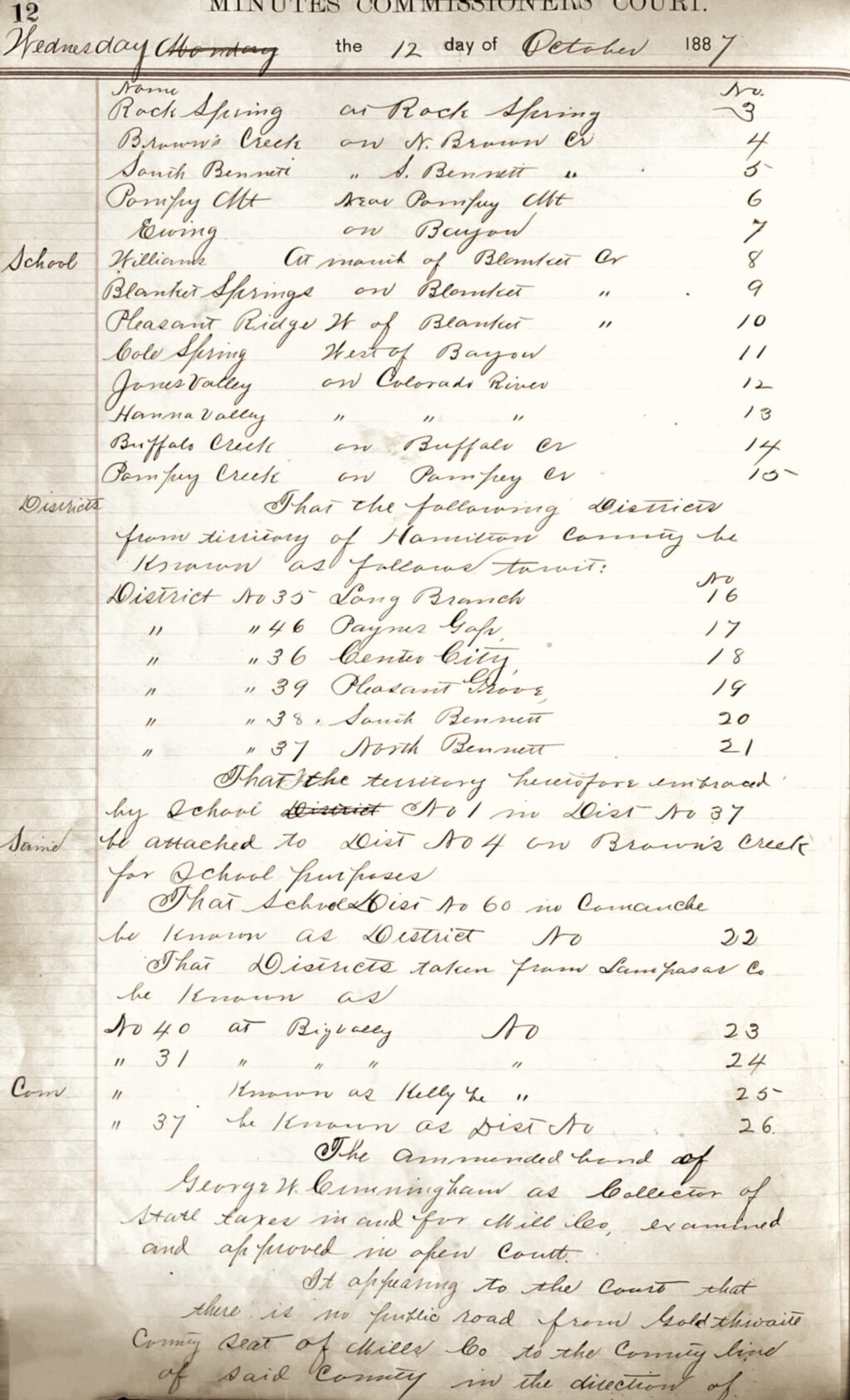

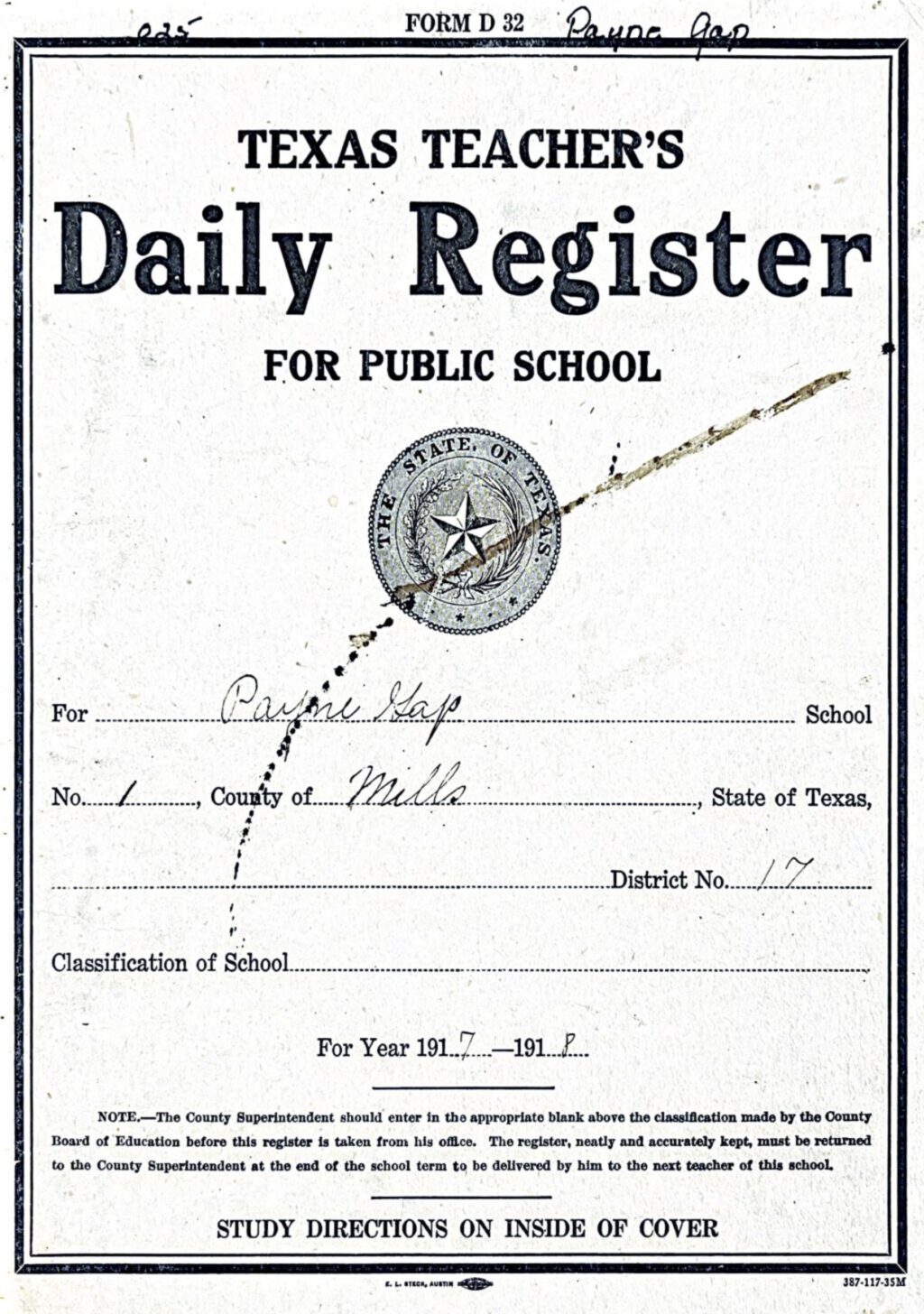
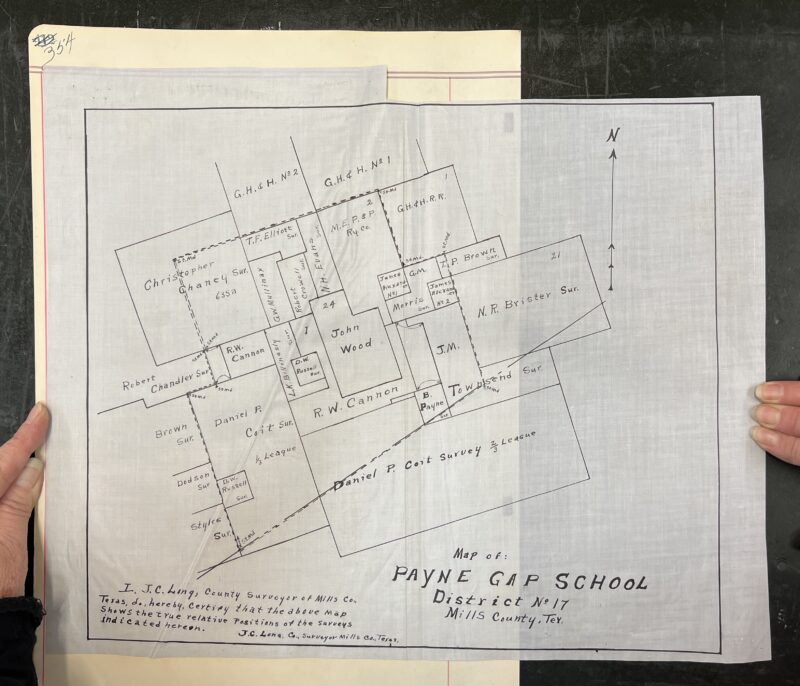
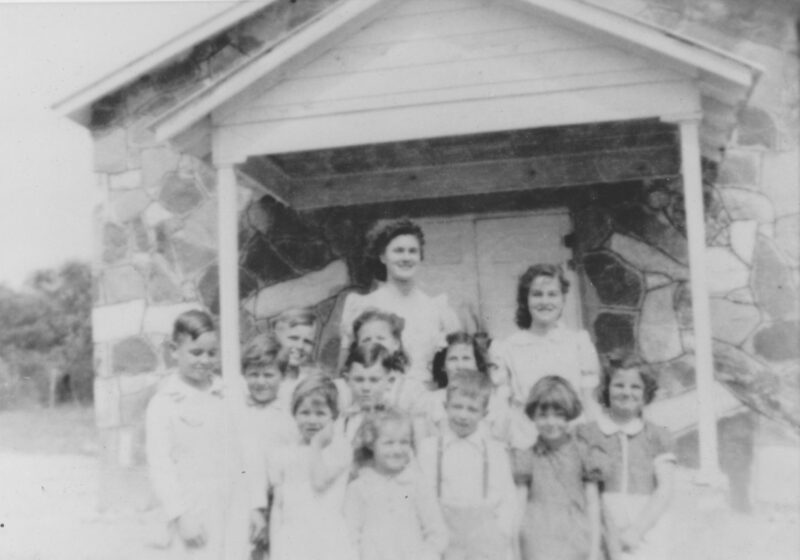
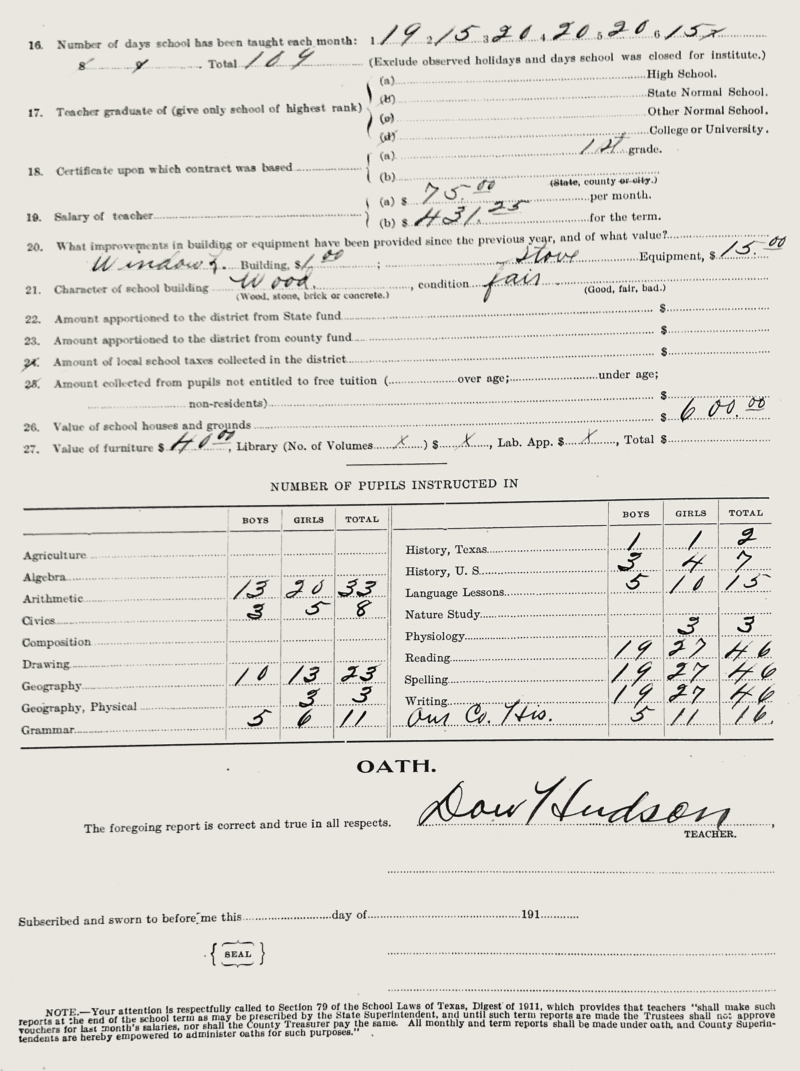
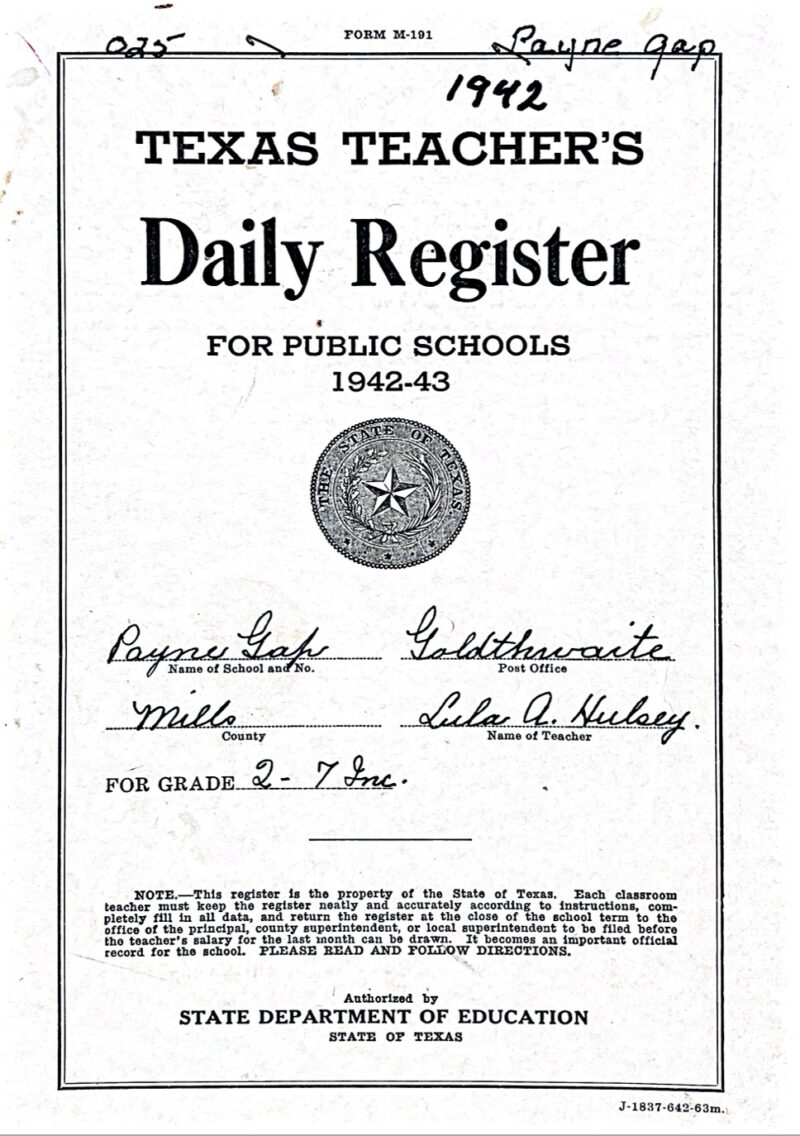
- 1


Very well done information cousin.
Joy, you played an important role at the clerk’s office, helping me navigate early deeds and commissioners court minutes. Thank you!
What a great history you have compiled on Payne Gap. Thanks for sharing it with us. Terry and Gayle Smith
Excellent History, I will see that a copy is included at the Museum for future Historians. Thank you for sharing with us.
I’m curious why the teacher salaries were so different?
I’m also curious as to why the Payne Gap folks did not want to consolidate and Star folks did?
Was it about money?
Very good questions. Regarding teacher salaries, I’m not sure I have a great explanation: it may have been related to fluctuating school budgets. Regarding consolidation, at the time Star was trying to grow itself into a larger district and so wanted to gobble up these small schools. I’m sure Payne Gap folk balked because of community pride and also did not like the distance students would have to travel to Star.
I loved reading this! I would love to know more about the masonic involvement in the school systems around there! Talk with my dad, Buddy Williams, to get more information. Surely there is some available!
Don Kissire, Mills County Historical Museum, knows a lot about this topic.
Sam what a wonderful job you have done. This website is so interesting. My mother Mary Alice Barton Hobbs Scroggins would have loved this so would her all her sisters, Miriam Barton, Vera, Barton, and Clarice Barton.
Melanie, as I wrote I’m hoping to chase down some of the original photos and documents that your mom gathered. Chief on my list is the Barzilla Payn photograph. Thank you so much for the words of encouragement.